Projects
Dark Energy Survey
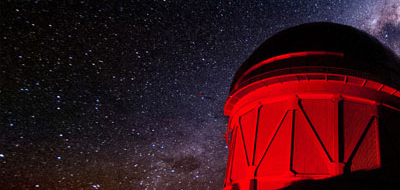 The Dark Energy Survey (DES) is helping researchers explore the accelerating expansion of the universe. DES Data Management at the National Center for Supercomputing Applications (NCSA) processes and calibrates data from DES while DES Labs at NCSA develops tools to aid in interacting with and visualizing the data.
The Dark Energy Survey (DES) is helping researchers explore the accelerating expansion of the universe. DES Data Management at the National Center for Supercomputing Applications (NCSA) processes and calibrates data from DES while DES Labs at NCSA develops tools to aid in interacting with and visualizing the data.
Vera C. Rubin Observatory Project
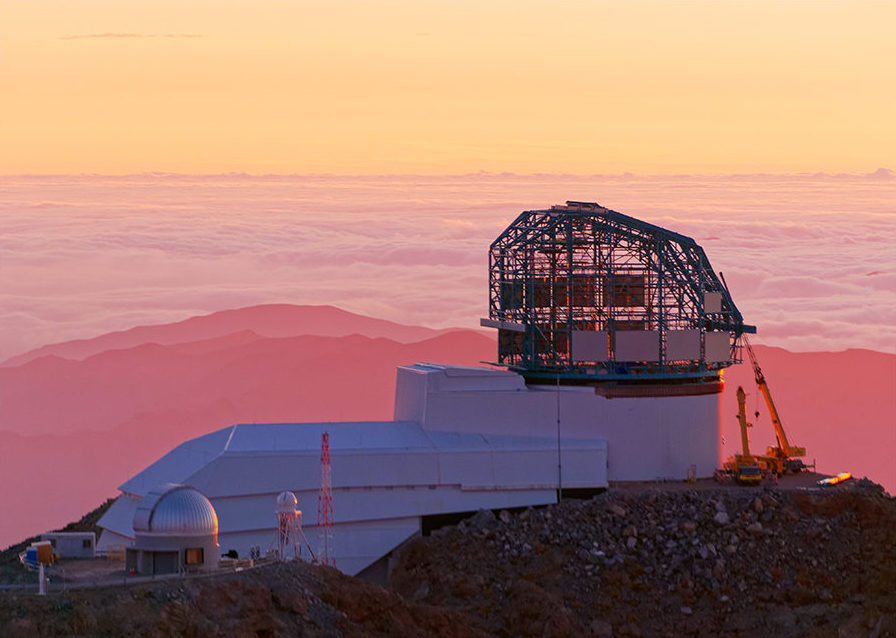 Working to discover the structure and evolution of the universe and the celestial objects it contains. The project is conducting a ten-year Legacy Survey of Space and Time.
Working to discover the structure and evolution of the universe and the celestial objects it contains. The project is conducting a ten-year Legacy Survey of Space and Time.
SCiMMA
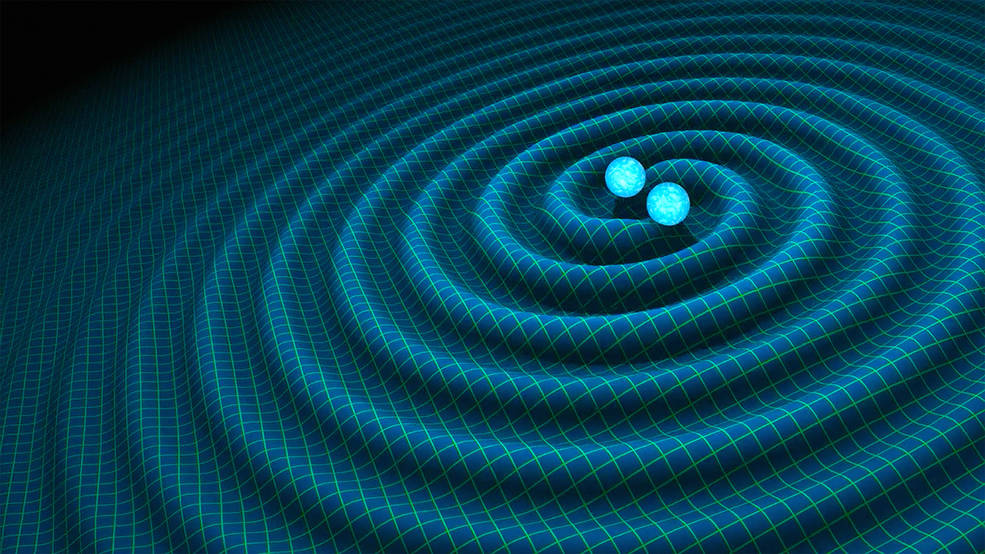 Scalable Cyberinfrastructure to support Multi-Messenger Astrophysics (SCiMMA) is working to combine traditional astronomy with a system that has computing power capable of handling large-scale distributed data.
Scalable Cyberinfrastructure to support Multi-Messenger Astrophysics (SCiMMA) is working to combine traditional astronomy with a system that has computing power capable of handling large-scale distributed data.
CMB-S4
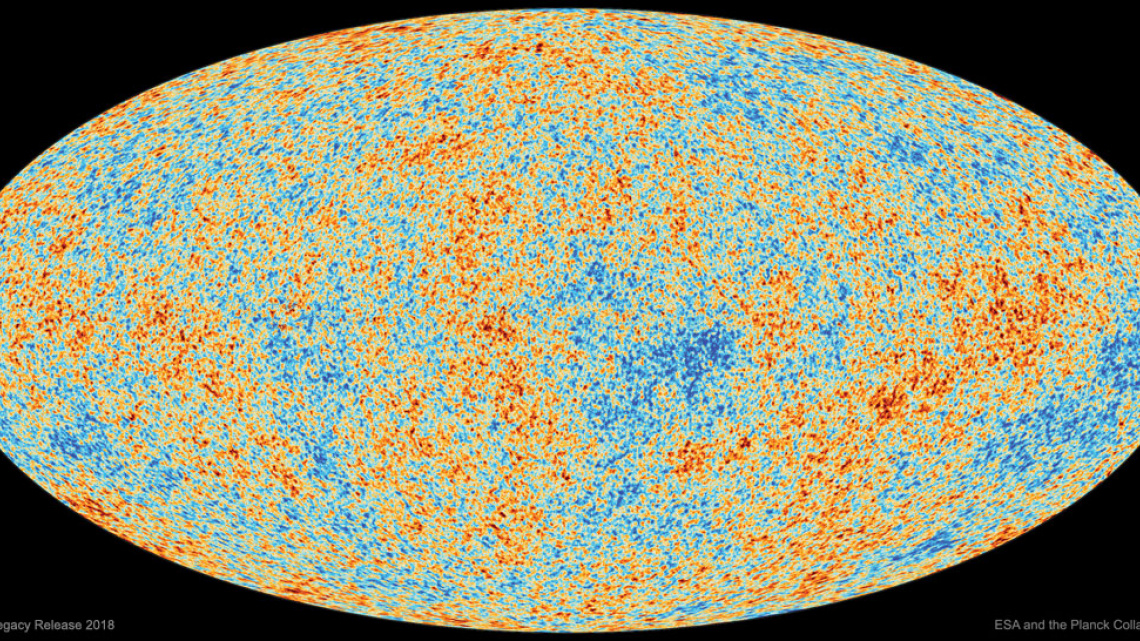 The latest generation of experiments dedicated to measuring cosmic microwave background.
The latest generation of experiments dedicated to measuring cosmic microwave background.
South Pole Telescope
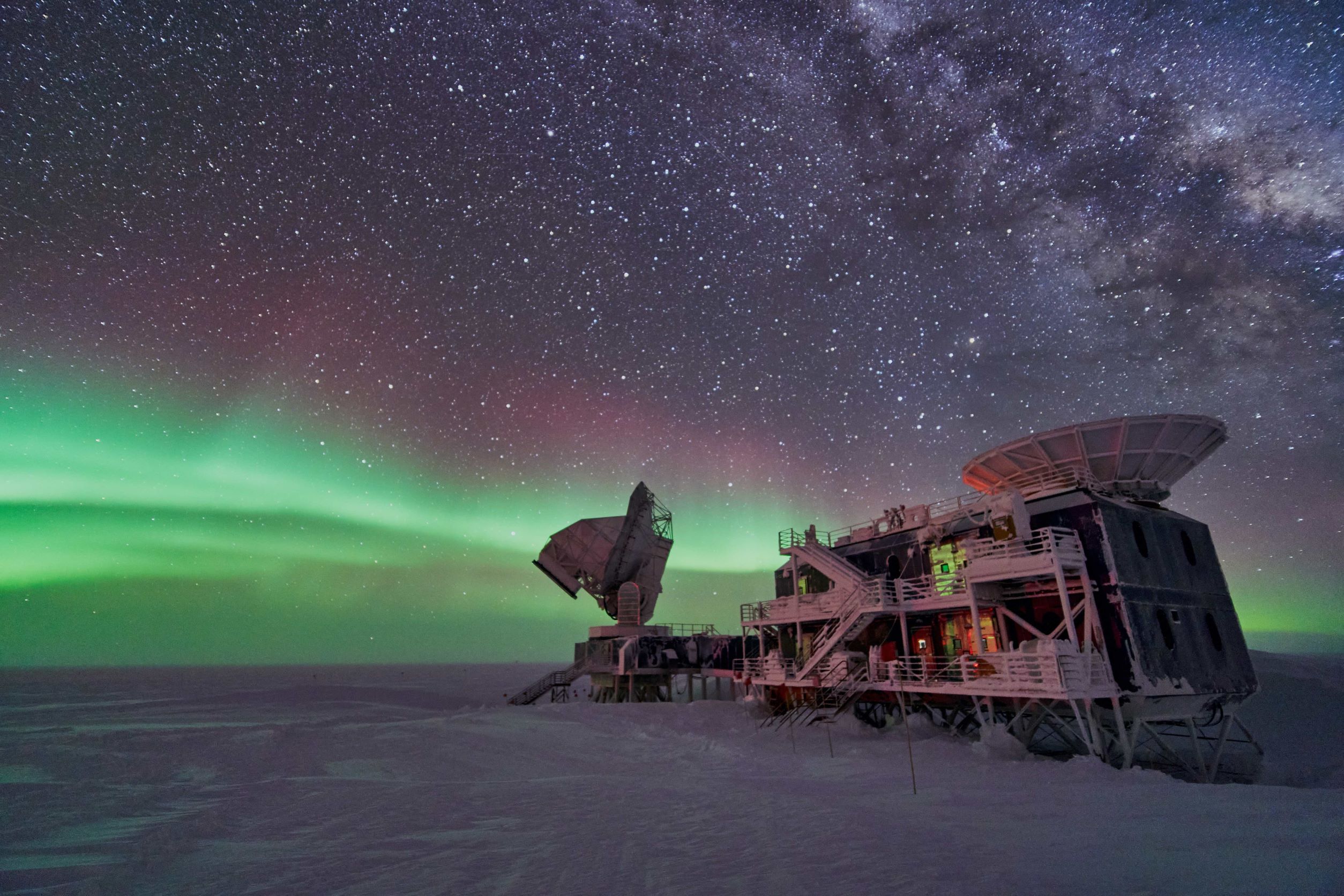 The South Pole Telescope has been observing the cosmic microwave background since 2007.
The South Pole Telescope has been observing the cosmic microwave background since 2007.
IAU CPS
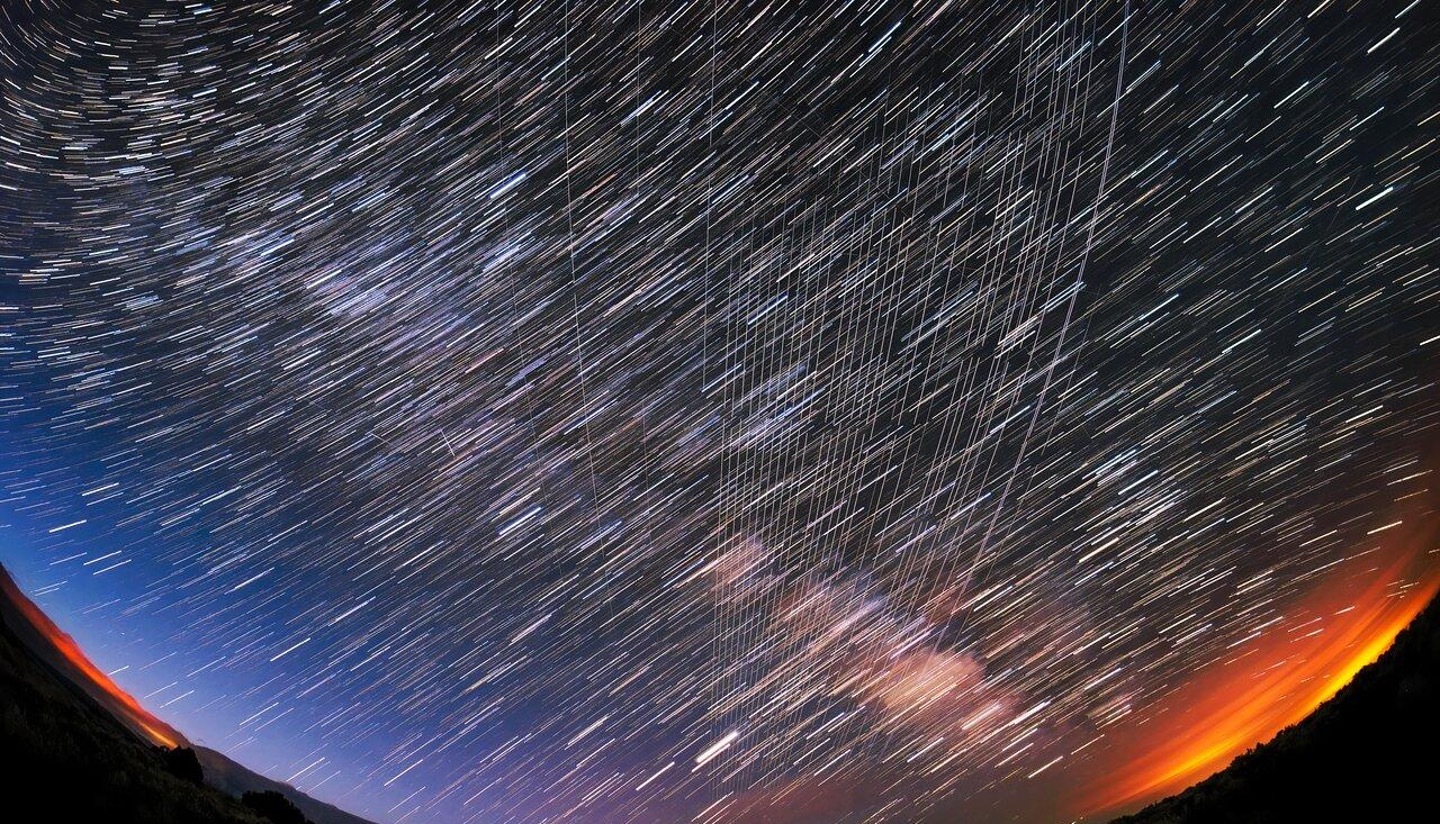 The IAU Centre for the Protection of the Dark and Quiet Sky from Satellite Constellation Interference (CPS) coordinates international efforts to help mitigate the negative impact of satellite constellations on ground-based optical and radio astronomy observations as well as on humanity’s access to a pristine night sky. CAPS is a contributing member of the IAU CPS.
The IAU Centre for the Protection of the Dark and Quiet Sky from Satellite Constellation Interference (CPS) coordinates international efforts to help mitigate the negative impact of satellite constellations on ground-based optical and radio astronomy observations as well as on humanity’s access to a pristine night sky. CAPS is a contributing member of the IAU CPS.
Publications
You can view our publications via the CAPS public library on the Astrophysics Data Systems website.